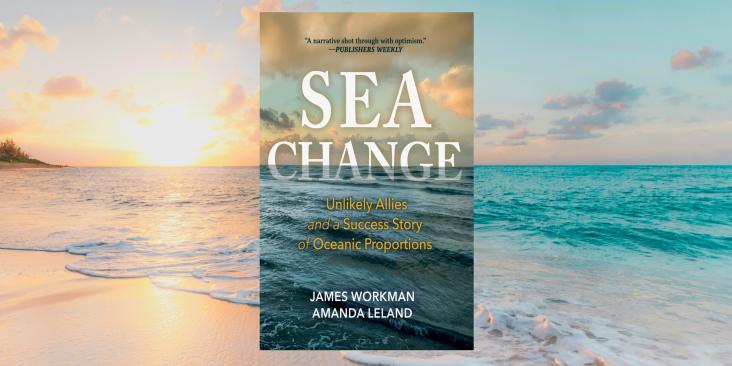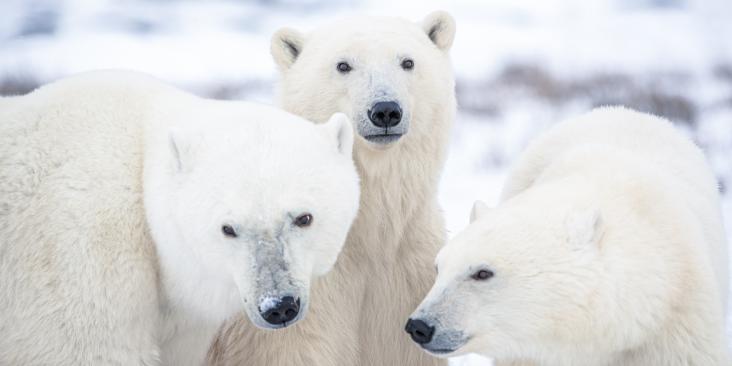
Nature and Insurance: An Untapped Partnership to Mitigate Rising Risks
The loss of nature is not just an environmental crisis. It is an economic one.
When ecosystems degrade, we lose the services that protect us: wetlands that absorb floodwaters, trees that cool overheated streets, and reefs that protect coastlines. Without these protections, disasters hit harder and cost more.
And the economic stakes are enormous. More than half of the world’s GDP depends on nature, so as natural systems decline, the stability of our economy declines with them. We are already seeing the consequences in insurance markets. Climate-related losses are climbing and in many high-risk areas, coverage is shrinking. Higher risks mean higher premiums, lower coverage, and in some places, no coverage at all.
Maintaining healthy insurance markets will require reducing risk at its source. Nature can be a critical part of that solution. Our report, “Nature for Insurance and Insurance for Nature, informed by a workshop with over 100 experts from insurance, government and conservation, examines how.
Nature-based solutions reduce the frequency and severity of disasters. That means lower losses for insurers and more affordable coverage for households and businesses. Yet these benefits are rarely factored into insurance pricing or underwriting, often because of outdated models and missing data. Further, lower premiums alone will not pay for the level of investment required. These protections are public goods, benefiting many but sparsely funded, which means broader partnerships are essential.

The relationship runs both ways. Insurance can also protect nature. Since insurance underpins every sector of the economy, including housing, infrastructure, and agriculture, the sector can influence investment and behavior across the economy. Through underwriting standards, investment strategies, new products, and client engagement, insurers can steer markets toward more nature-positive practices. Early innovations show potential, but broader adoption is held back by a variety of challenges including low profit margins and startup costs.
To fully realize the benefits of linking nature and insurance, five priorities stand out:
- Focusing on environmental challenges where insurance can have the greatest impact.
- Scaling the insurance tools most likely to drive systemic change.
- Integrating nature-based risk reduction into models and pricing, supported by robust data.
- Sustaining collaboration between conservation and insurance experts.
- Ensuring under-resourced communities gain both insurance coverage and nature-based protections.
Nature reduces risks. Lower risks keep insurance markets healthy. Strong insurance markets can, in turn, help protect nature.
It is clear that aligning these two systems is essential for resilience, economic stability, and the long-term health of our planet.
Read more in our report here: https://edf.org/nature-insurance-report










